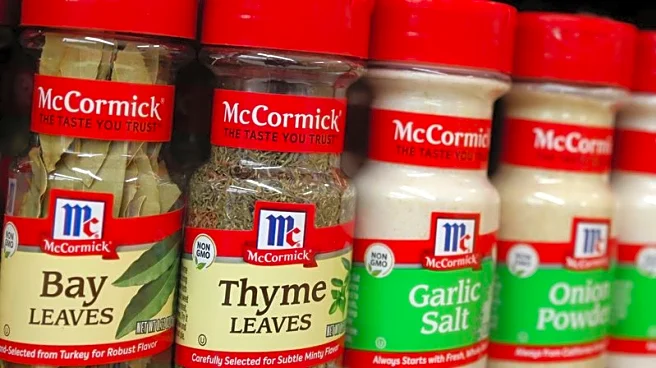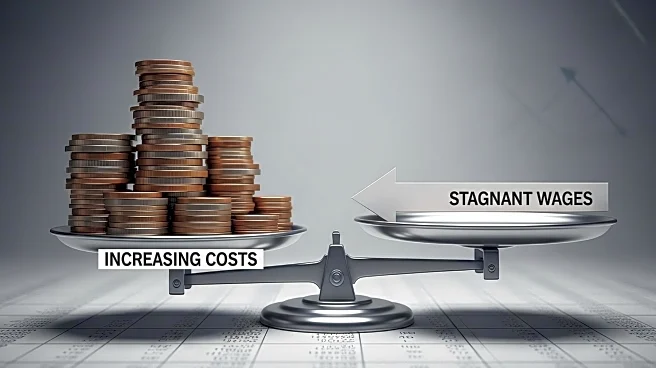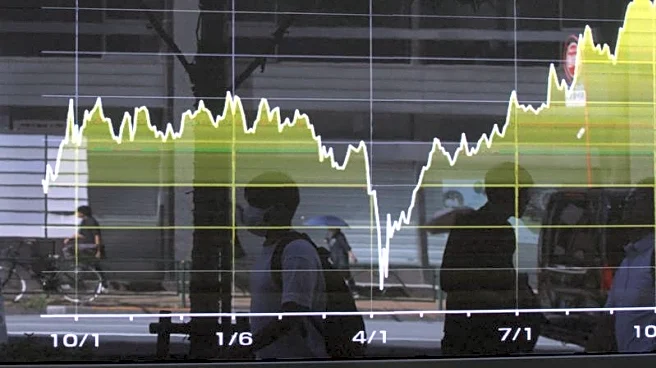What's Happening?
The U.S. restaurant industry is experiencing a financial 'double squeeze' due to rising labor costs and trade policy pressures, according to a study by Expert Market. The Food & Beverage Industry Report reveals that a majority of restaurants plan to increase prices to mitigate these impacts. The industry, known for operating on thin margins, faces challenges from inflationary trends and the rising cost of ingredients. Expert Market surveyed 628 professionals in the food and beverage sector, finding that over 85% are affected by labor issues, with staffing identified as a critical challenge. To address these pressures, 62% of businesses have raised menu prices, with 17% doing so significantly.
Why It's Important?
The decision to raise prices in the restaurant industry is significant as it reflects broader economic challenges, including inflation and trade tariffs. This move risks alienating budget-conscious consumers, potentially reducing dining frequency and impacting local economies. The National Restaurant Association warns that fewer people dining out could jeopardize an industry supporting millions of jobs. The report suggests that larger chains may better withstand these pressures due to automated controls over costs. As tariffs and inflation continue to rise, the industry faces a critical period, especially during the holiday season, traditionally a profitable time for restaurants.
What's Next?
Expert Market forecasts that pricing adjustments and tighter cost controls will persist into 2026. Despite current challenges, 71% of respondents express a positive outlook for the next year, with nearly 70% viewing the industry's state as favorable. The report emphasizes the need for visible value in price adjustments, such as improved service and guest experiences, to maintain customer bases. As the industry navigates these pressures, strategic measures will be crucial to sustaining profitability and consumer engagement.
Beyond the Headlines
The restaurant industry's response to economic pressures highlights broader implications for consumer behavior and economic policy. The 'double squeeze' of labor costs and tariffs may signal similar challenges across other sectors, potentially influencing policy decisions. The industry's adaptation strategies, including price adjustments and cost controls, could serve as a model for other sectors facing similar economic challenges.











